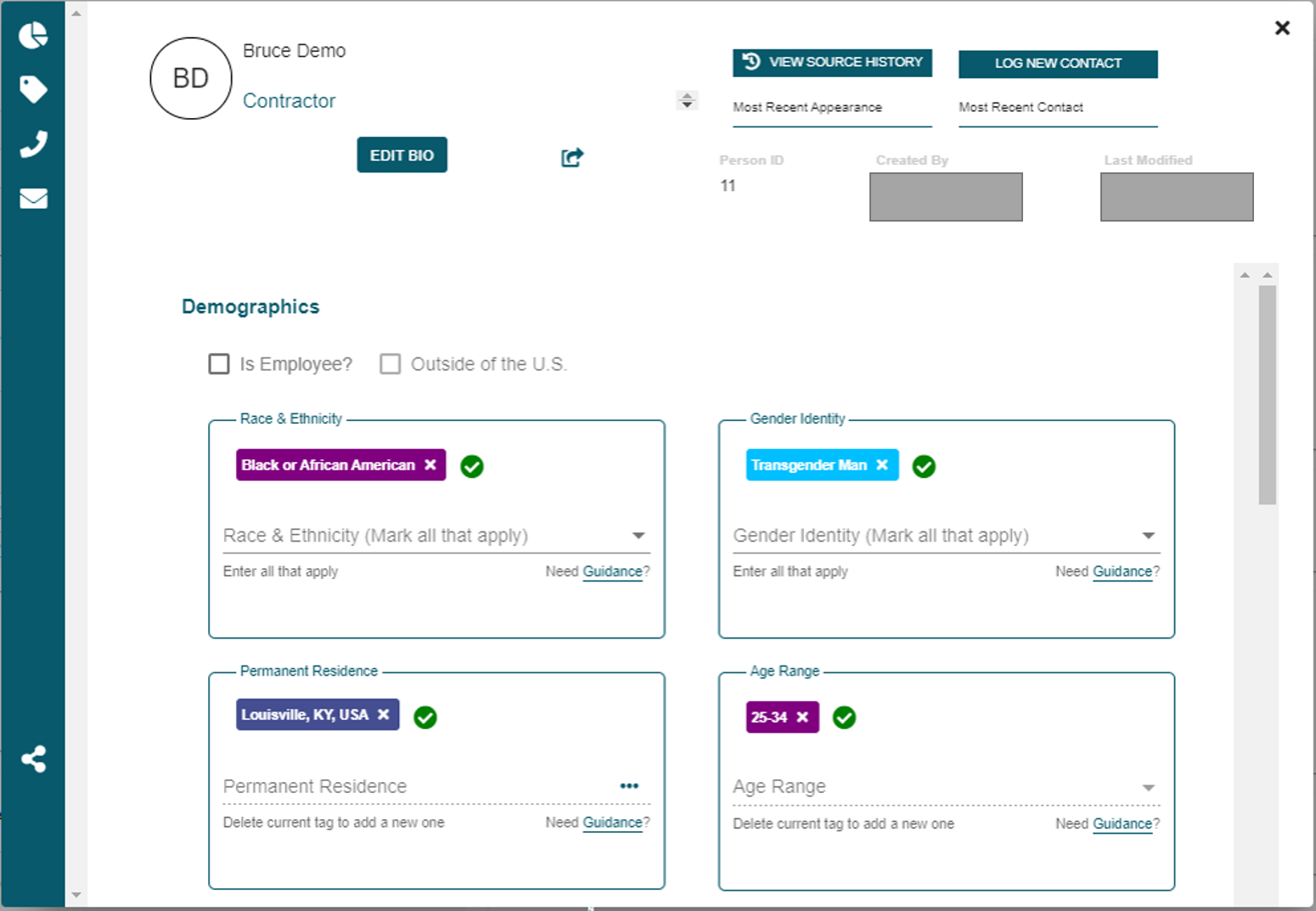Journalists across NPR are now tracking the demographics of their sources in real time thanks to a new piece of software that launched last month.
Dubbed Dex (after “Rolodex”), the tool is attached to NPR’s content management system. For each story, reporters, producers, correspondents and editors submit information about their sources’ race and ethnicity, gender identity, geographic location and age range. They can also indicate if a source declined to provide that information. Dex tracks all of this information so that journalists can later pull up reports to monitor their source diversity.
The hope is that NPR, National Public Radio, will produce stories and shows that more accurately reflect its audience — the public. In other words, NPR wants to “look and sound like America.”
Dex also acts as a source database for NPR journalists, allowing them to find experts for stories they cover. NPR maintains a public-facing Diverse Sources Database, but the two are not currently connected, though that could change in the future, said deputy director of news operations Rolando Arrieta.
Arrieta, who led the team that created Dex, said development for the project first started roughly a year ago. In January 2020, NPR decided it would try to capture demographic data from all of its sources. Teams across the organization started tracking that data but lacked a standardized process for doing so.
“We realized we need to provide a system that standardizes that process because through the organization — say if it was a Google form, or if it was a spreadsheet — there was no consistency across our content groups on how to ask the questions, what types of questions to ask, what demographics we’re looking for,” Arrieta said.

Dex captures information about a source’s race and ethnicity, gender identity, geographic location and age range. (Screenshot courtesy of NPR)
The ability to create reports in real time is what makes Dex so powerful, said NPR chief diversity officer Keith Woods. NPR has been tracking the diversity of its sources since 2013. Before 2020, research teams at NPR took an annual random sample of the organization’s sources for their demographic analysis.
The first set of results was not promising. For example, just 28% of sources in 2013 were women, and 16% of expert sources were people of color. Twenty-seven percent of all sources came from Washington, D.C.
Those numbers have since improved. In 2019, women made up close to 40% of all sources, and people of color made up 25 to 30% of expert sources. Less than 20% of sources came from Washington, D.C.
In a 2015 report on the progress of the sourcing project, Woods noted that Latino sources remained low. By 2019, those numbers were still relatively flat. Another persistent issue is that though the percentages of sources of color and female sources are rising, they are not doing so uniformly across all coverage areas. Woods said some topics, including politics, the economy, national security, and health and medicine still need additional voices from people of color, women and people across Middle America.
“One of the ways that we can do this is to do the work that Dex is guiding us towards, which is daily, weekly routine assessments of inclusion at a time when we can do something about it,” Woods said. “We were doing annual surveys before and by the time newsrooms learned about the numbers, it was a full year in the past. Now, by the end of the week, you can know how you’re doing.”
Because Dex is built into NPR’s content management system, it makes tracking source diversity a part of the newsgathering process. Journalists will build a habit of paying attention to who they interview, which will allow them to make adjustments sooner rather than later, said Woods.
Dex is currently available for NPR journalists and reporters at some Texas stations, but the goal is to make it available to all member stations. In the future, Dex may also capture additional demographic data, like political affiliation and level of education. All of that information will help NPR answer key questions about its sources’ demographics.
“Counting sources doesn’t make them more diverse. It doesn’t unto itself change anything about who’s on air. It isn’t the end game at all. But it does have an impact on the individual, and that, we assume, will cause change,” Woods said. “And it sets us up to answer some of the important questions moving forward around what levers we need to pull to increase the presence of various demographic groups in our content.”







